donkywhoop
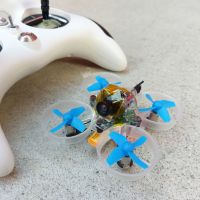 By repentsinner on Mar 11, 2017
By repentsinner on Mar 11, 2017
Evo-compatible serial rx F3 tiny whoop.
Update 2017-06 Finally received one of the Flysky AFHDS 2A Beecores after discovering that the ones in the US warehouse are still the non-2A version. I can confirm that it works and will get you an onboard PPM RX that works with the Turnigy Evolution. While in theory serial RX is better and on other builds using the FS-A8S would likely be a fine way to go, on a tinywhoop where every gram and mA of draw counts, not needing an external receiver is a win. I'll leave the following here for posterity, but the recommendation at this point is to just buy a Beecore with the 2A receiver built in.
Update 2017-04 Banggood has updated the Flysky Beecore to support AFHDS 2A, at least according to the website. If that's true it'll render most of this nonsense to be unnecessary :) I have one of the new boards on order, and will change the notes here when I've had a chance to confirm.
The FlySky Beecore doesn't natively support AFHDS 2A, and the #&$*#&$ Turnigy Evolution doesn't support plain AFHDS. After buying too many parts without knowing all of the Flysky 2A incompatibilities beforehand, I discovered it is possible to disable the integrated AFHDS PPM receiver on the BeeCore and send it s.bus (or i.bus, or I guess PPM if that's your thing) from the (relatively tiny) FS-A8S instead.
To connect an external receiver to the (FlySky, untested on FrSky or DSMX variants but @tembax confirms that at least DSMX is different in the discussion below) BeeCore, locate the single test point on the top of the board - this is the receiver input to the MCU. Just to the side of the test point, roughly in the direction of the binding jumpers is an SMD 0-ohm resistor. Remove the resistor to bypass the built-in receiver and wire your external receiver to the test point. Then select UART2 in Betaflight, match ibus/sbus settings with the receiver, bind up and you should be good to go.
If you're using the FS-A8S for a receiver, find 3.3V regulated power from the FC on the test point marked 'V' and bypass the receiver LDO via the 3.3V test point to run it directly.
TL;DR aka Google Food:
From the SPRACINGF3EVO target in the Betaflight source, we see that PA15 is the receiver input pin for both PPM and serial RX.
// PPM / UART2 RX
DEF_TIM(TIM8, CH1, PA15, TIM_USE_PPM, 0 ), // PPMThe BeeCore uses an STM32F303CC which according to the data sheet puts PA15 on pin 38 in the LQFP48 package that the BeeCore uses. Tracing out from pin 38 toward the built-in receiver circuitry we discover the unmarked test point and the 0-ohm resistor. Hack to validate, and do equals glory.
Add'l Notes:
The Eachine AIOF3_BRUSHED Flight Control Board Built-in OSD looks awesome on paper with it's AIO OSD and AFHDS 2A compatible receiver, but it's the wrong form factor for Tiny Whoops.
The FuriousFPV NUKE and Eachine Tiny 32bits F3 will fit and have documented support for external receivers, but don't really mount up directly to the Inductrix frames in a clean way.
Hey Banggood/Eachine, FuriousFPV, NewBeeDrone: Come up with a 'whoop shaped AIO F3/F4 FC with modern FlySky (AFHDS 2A), integrated OSD and VTX and an 800TVL remote camera and you'll have a serious winner on your hands.
To do:
The CrazePony 230mAh 1S HV seem to be good batteries, but until more vendors start offering packs with the 'PowerWhoop' JST-PH 2.0 connector on it, I'm not sure the incompatibility with other batteries is worth it? Oh, I guess I need to get an LiHV charger to properly get in the PowerWhoop club. Also found TDS HV for a decent price, in stock, and with reasonable shipping, so will give that a shot.
Still to test is the orientation of the VTX antenna - currently I've got it laying flat just under the canopy for crash protection, but reception on my receiver with rubber ducks is pretty rough. Will need to check against another receiver with better antennas to see how it's doing.
Photos
Part List
Show stores (5)Hey repentsinner, great build and quite the inspiration :)
I've got the DSM2 version and would like to do the same as you but using a mikro DSMx Rx as I have the DX6 G2 EU Tx that only uses DSMx.
3V3 (V right of the STM chip on pic 2?) and Ground is not an issue (I guess) but locating the Rx test point and resistor is a mystery to me. I'm hoping the O or K spots to the right of the chip in pic 2 could be the simple Rx solution.
What do you think?
Cheers from Denmark
Hi again, excellent with your insight!
Dammit! I forgot my FC at home as I had planned on taking better pics in natural light. Anyway, found these 2 pics on the net, can they help you? Added them to my original response thread...yeah, odd we can't add pics to each reply..?!
When you write: start looking for the RX signal - what exactly do you mean?
I'll try tonight by connecting a pre-bound satellite to the various points.
Err, I mean that the points indicated with the arrows would be my best guess as to where you'll be able to patch your RX in.
With the better picture you posted my guess is that the output from the RX chip goes through that one SMT component and through to the FC.
You'll have to remove the component to interrupt whatever signal might be generated from the onboard RX before connecting the pre-bound satellite to the trace leading to the FC.
Also you might want to confirm that the satellite will run off 3.7VDC (1S) or less, and isn't expecting to convert 4VDC+ via its own LDO - if that's the case (and it was with the FS-A8S), you'll need to figure out how to bypass the LDO on the satellite and just run it directly off the one on the BeeCore. Make sense?
Good luck, post up a build thread if you get it going!
Guides & Reviews
AirbladeUAV has done it again and this time they've brought long range to the 5" class! Based on the popular Transformer Mini, the new Transformer 5" Ultralight adopts a lot of the same design philosophies with larger props and more payload capacity. It can fly upwards of 20 minutes on a 4 cell Li-Ion battery pack and in ideal conditions it's got a range of over 4 to 5 miles. In this guide I'll walk..
Read moreWith the release of the DJI FPV Drone cinematic FPV has become a lot more accessible, but you certainly don't want to crash a $750 drone! The QAV-CINE Freybott is a compact, lightweight cinematic FPV drone that can take a hit and keep going. It's a lot safer to fly indoors and around people. With a naked GoPro or the SMO 4k you can capture some great stabilized footage. In this guide I'll show you..
Read more

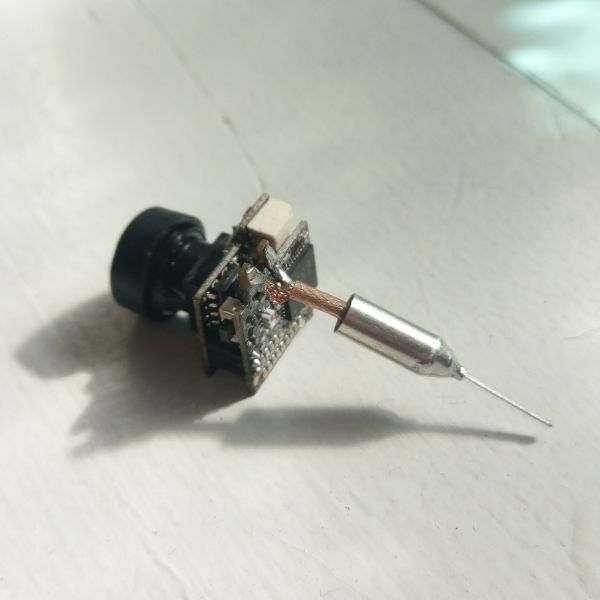
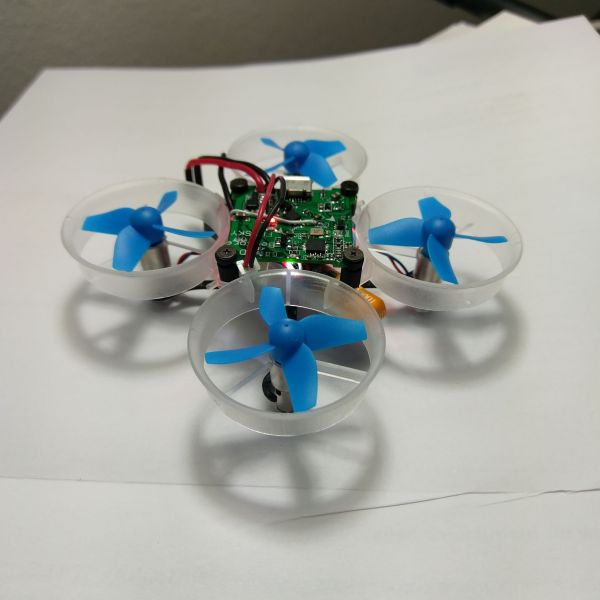
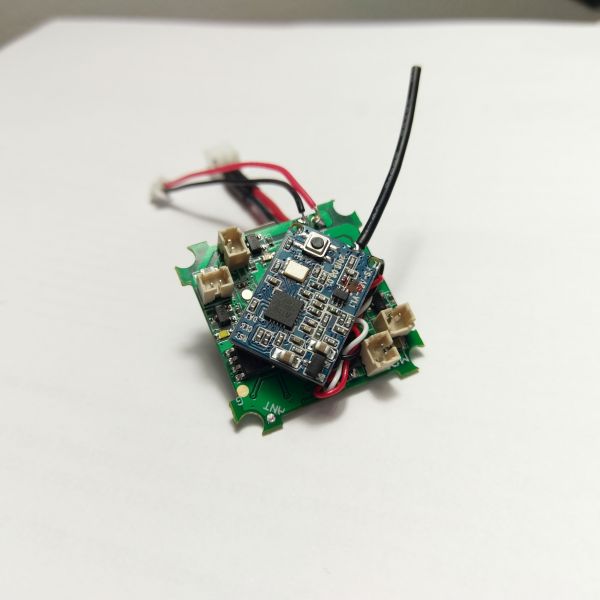
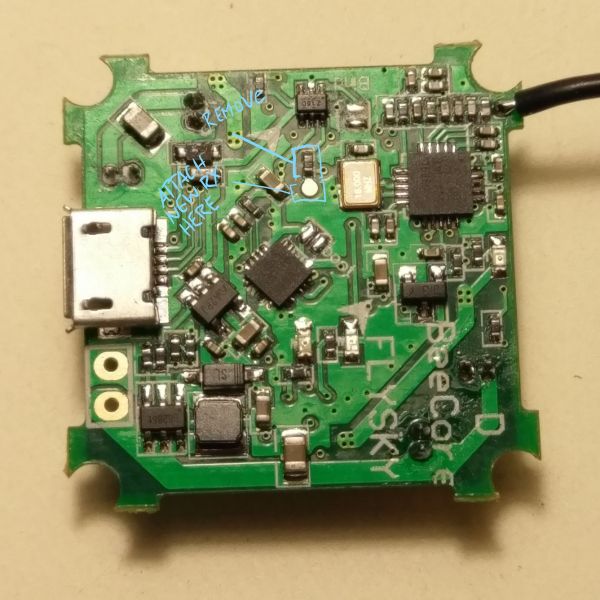
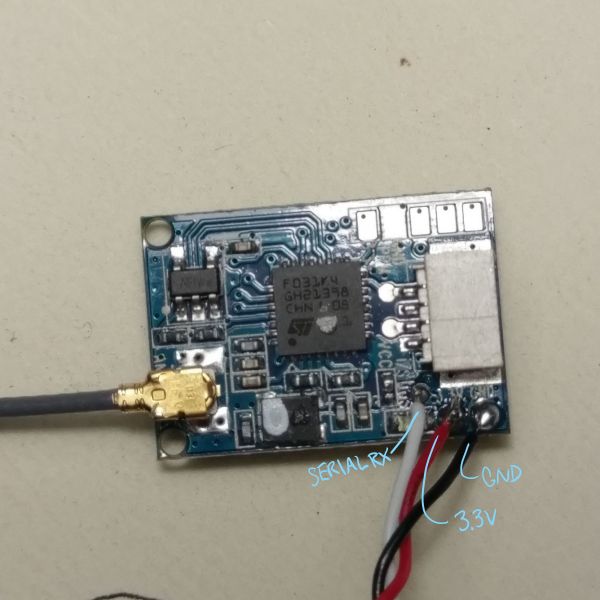
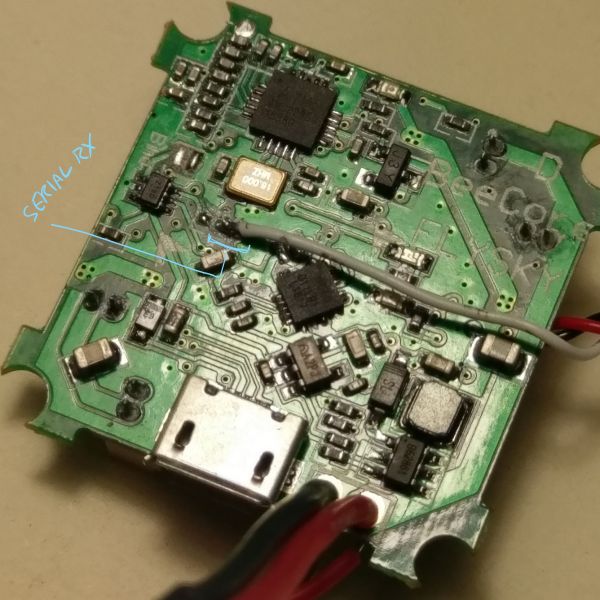
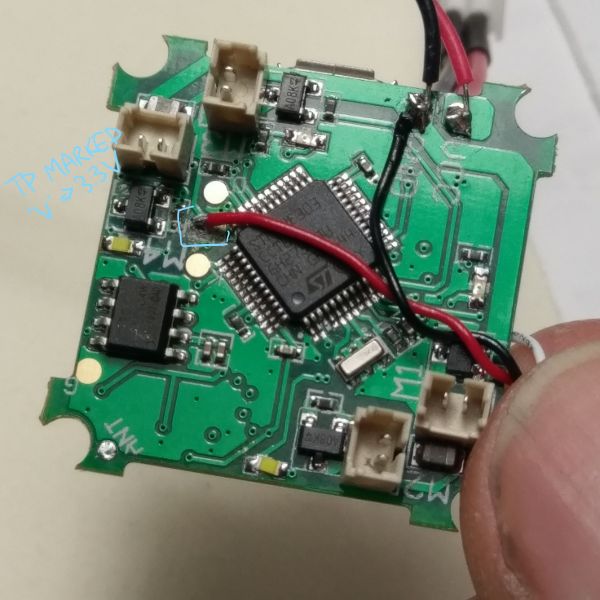

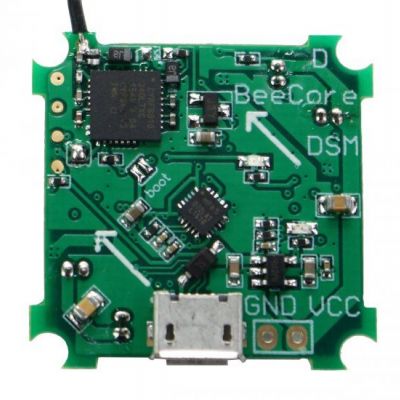

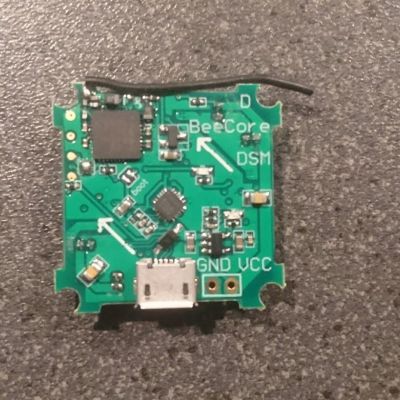
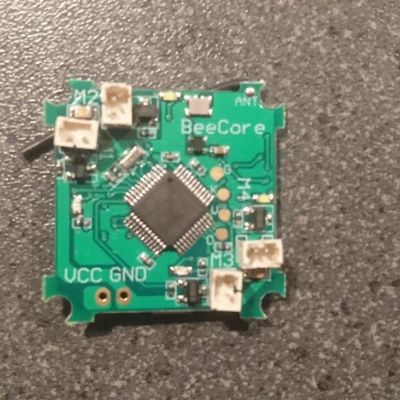

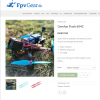
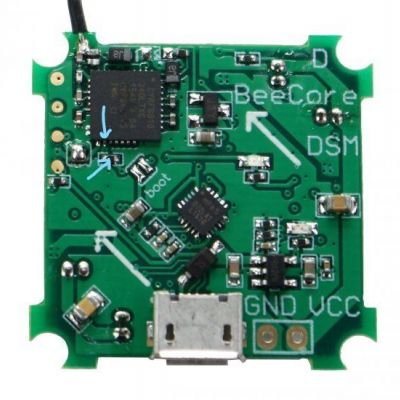
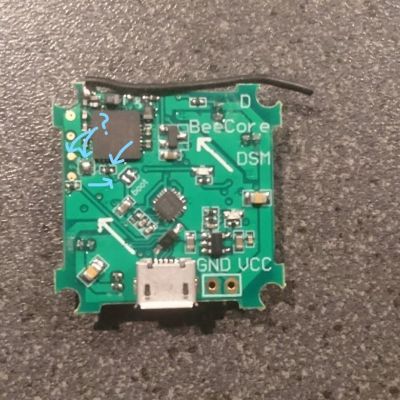
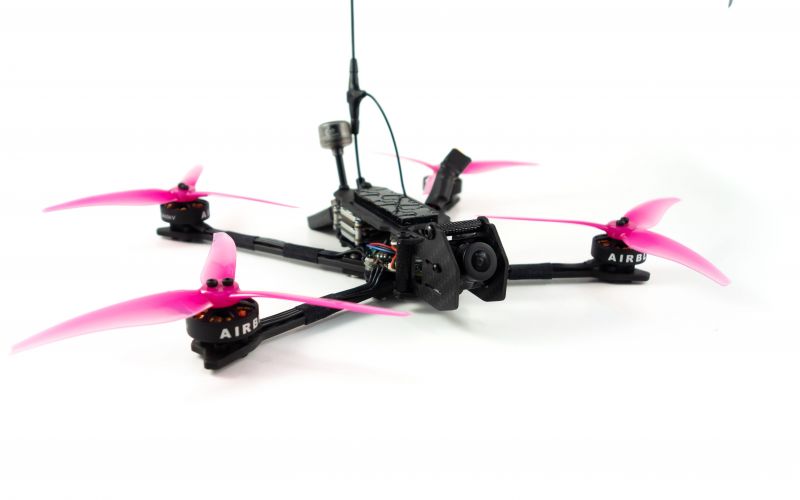
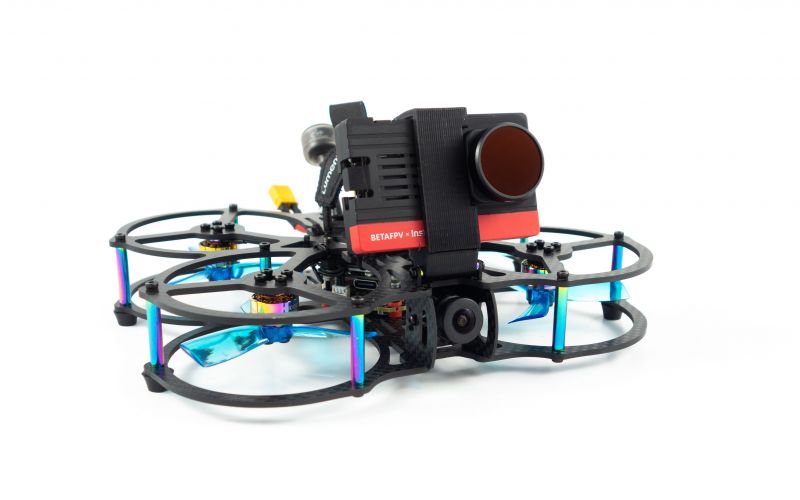








Hay mate do you have a video of this receiver mod working thanks
Nope, I don't. It would look like a video of a flying tiny whoop, not really any way I can show that it's actually the mod flying. In any case, with the new BeeCore boards this mod isn't required any more?
Yeah i got a beecore and the company sent me the to old one even tho they advertisement for the new one
Oh damn, I'm surprised they still have those in stock. I think I pushed back and kept asking them to send me a new one since that's what they're advertising. Eventually they came through. In any case, the mod does work if you've got the stomach for the fine pitch soldering.
I forgot to take a picture of the updated BeeCore for reference. I have a spare here that you're welcome to, but no longer have any way of determining if it's a first rev or updated version.
Iv got the updated one now also built a whoop with a evo sp racing rectangular board fc